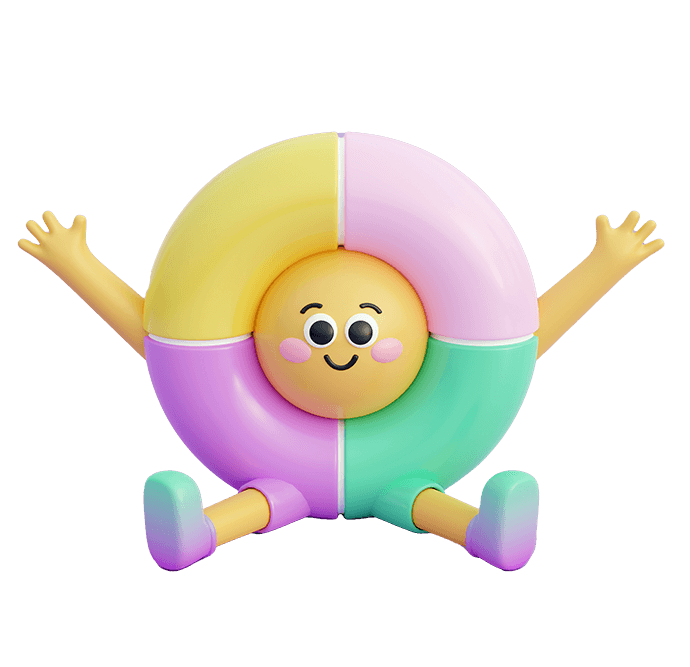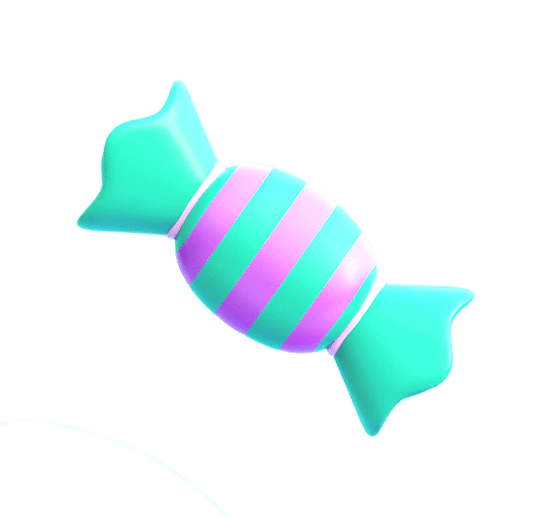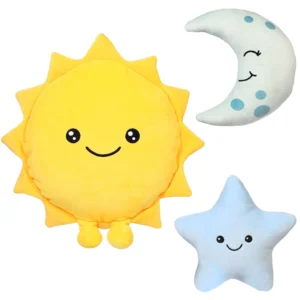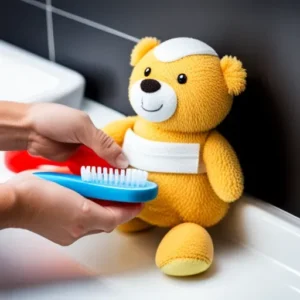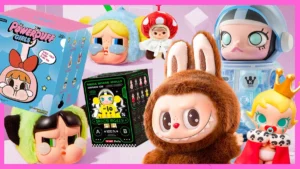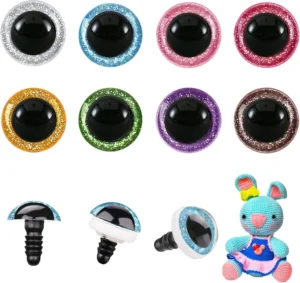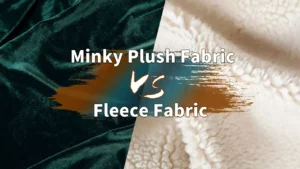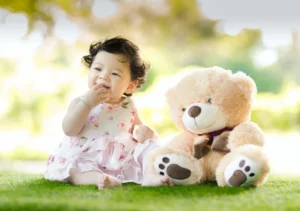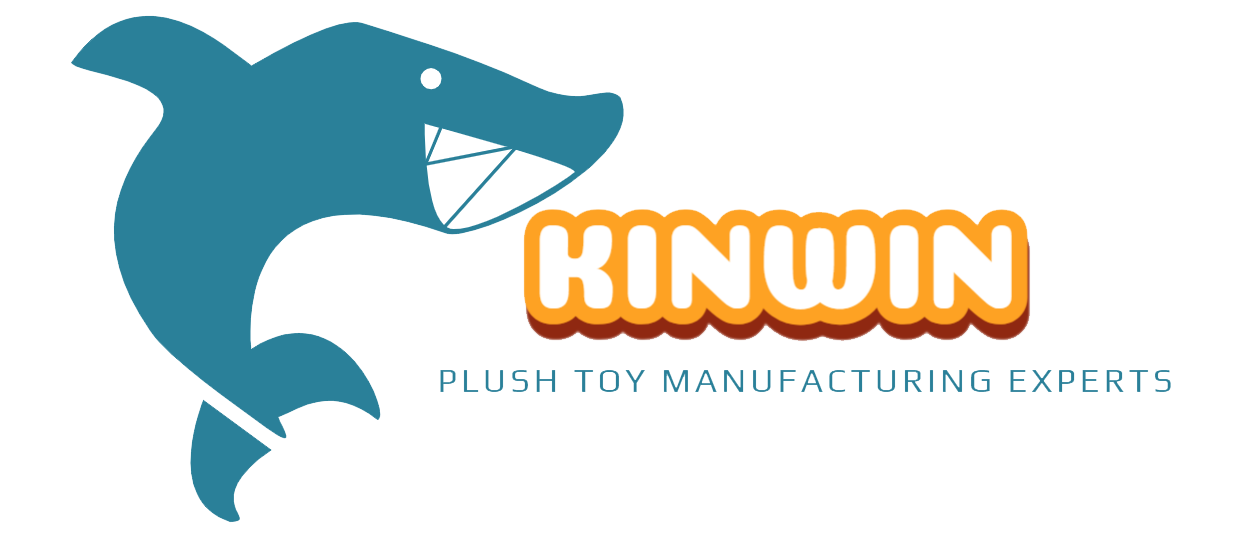Labubu plush toys are beloved for their unique design, softness, and quality. Knowing what materials go into making Labubu helps understand why they stand out in the collectible market.
Labubu is crafted using carefully selected fabrics and stuffing that prioritize softness, durability, and safety. Each component is chosen to meet strict quality and compliance standards, ensuring the plush toy offers a premium tactile experience and long-lasting appeal.
Let’s explore the key materials behind Labubu’s iconic plush toys.
1.What Materials Are Commonly Used in Labubu Plush Toy Production?
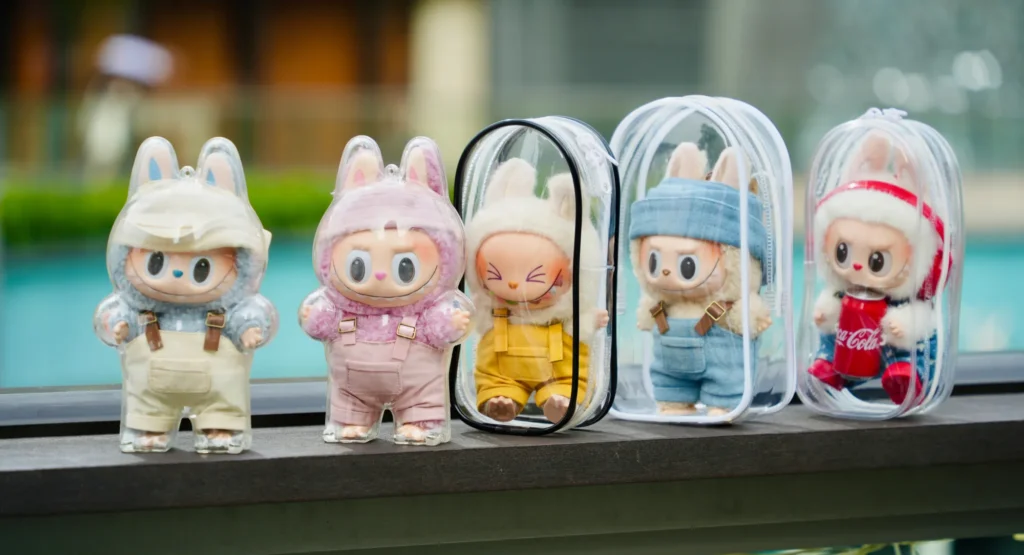
Labubu plush toys primarily use high-quality polyester fabrics, specialized embroidery threads, and premium stuffing materials.
The outer fabric is usually polyester minky or velboa, chosen for softness and vibrant colors. Embroidery threads create facial features and details, while the stuffing is typically a safe, resilient polyester fiberfill.
Polyester minky fabric is soft with a plush pile that gives Labubu its signature cuddly feel. Velboa fabric offers a shorter pile for smoother textures on certain parts.
The embroidery threads are durable and colorfast, ensuring features like eyes and mouth remain vivid after repeated handling.
Polyester fiberfill stuffing provides a lightweight yet firm fill, allowing Labubu to hold shape without becoming too stiff or saggy.
| Material Component | Description | Function |
|---|---|---|
| Polyester minky fabric | Soft, plush surface | Exterior softness and look |
| Velboa fabric | Short pile, smooth texture | Detailed body sections |
| Embroidery thread | Durable, colorfast thread | Facial and design details |
| Polyester fiberfill | Lightweight, resilient stuffing | Shape and softness retention |
Selecting these materials balances tactile comfort with durability.
2.How Do Fabric Choices Impact Labubu’s Softness and Durability?
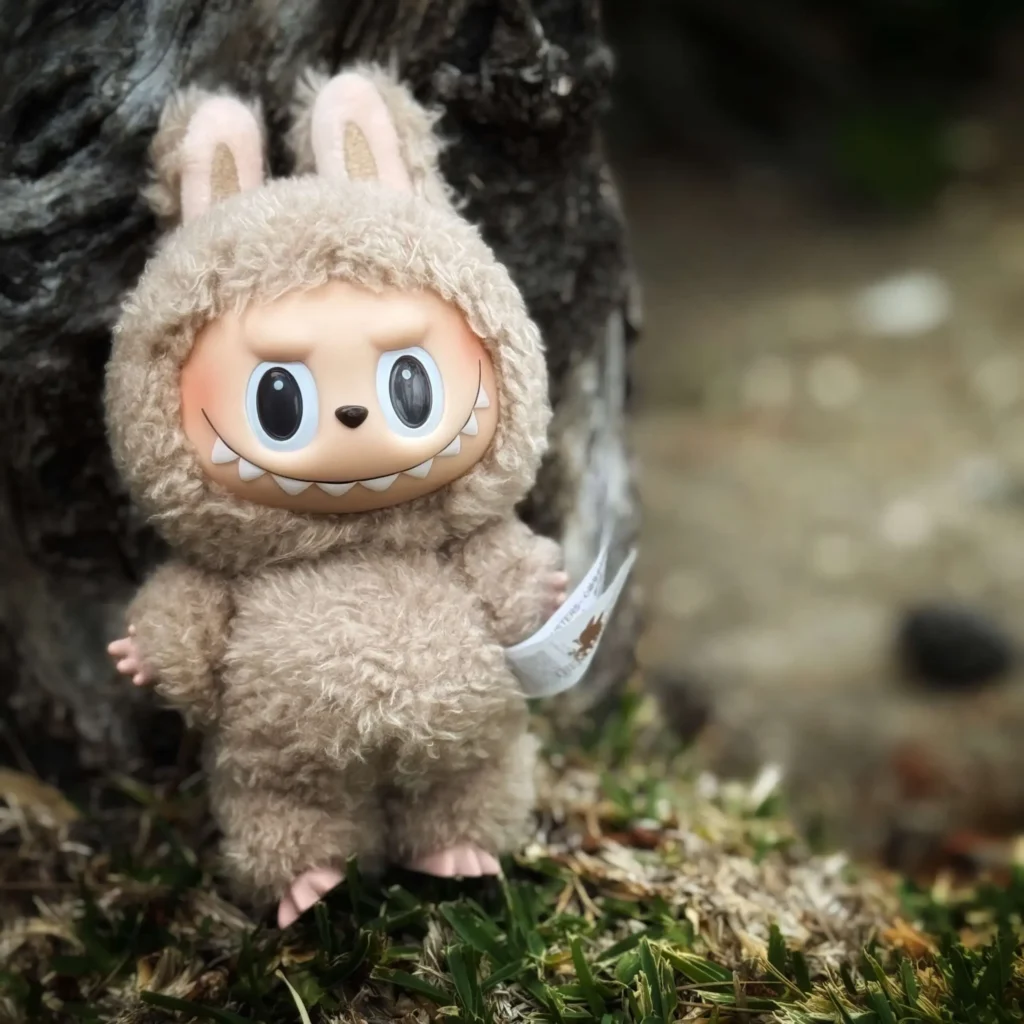
The choice between fabrics like minky and velboa directly affects Labubu’s softness and longevity.
Minky fabric, with its dense, long pile, delivers exceptional softness but may be more delicate. Velboa’s shorter pile offers greater durability and easier maintenance while remaining soft.
Softness comes from fiber density and pile length. Minky’s plushness creates a luxurious feel that appeals to collectors and children alike.
Velboa fabric is less prone to matting and shedding, making it suitable for areas of Labubu exposed to more wear.
Combining both fabrics optimizes the plush toy, using minky for main body softness and velboa for durability in high-contact zones.
| Fabric Type | Softness Level | Durability |
|---|---|---|
| Polyester Minky | Very soft, plush feel | Moderate, requires gentle care |
| Velboa | Soft, smooth finish | High, withstands wear well |
This blend ensures Labubu remains comfortable and resilient through use.
3.What Safety Standards Apply to Labubu’s Material Selection?
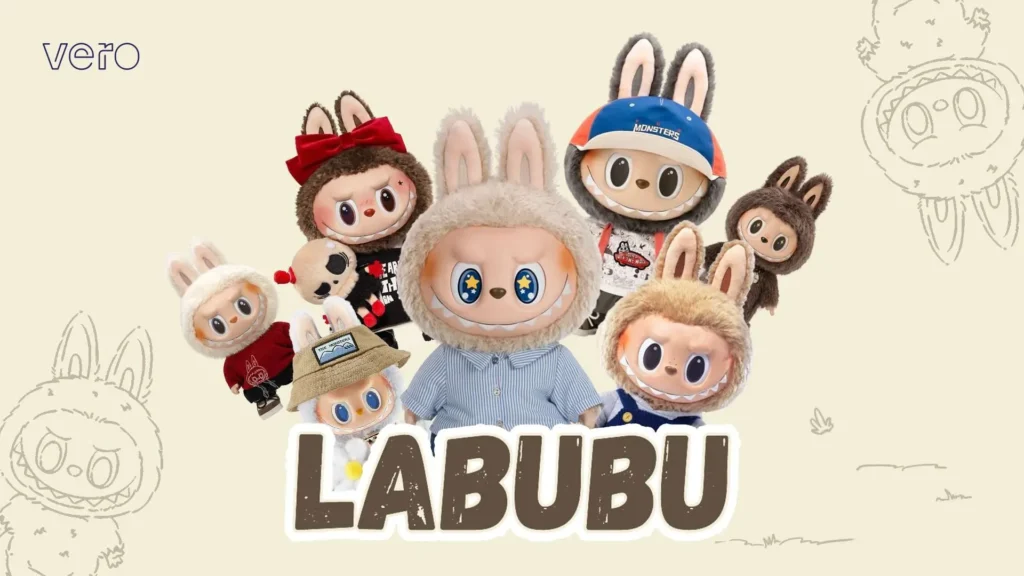
Safety is paramount, especially for toys aimed at children. Labubu materials comply with international toy safety standards.
Materials meet regulations such as CE (Europe), ASTM F963 (USA), and CPSIA, ensuring non-toxicity, flame retardance, and absence of harmful chemicals.
Fabrics and stuffing undergo strict testing for heavy metals, phthalates, and flammability. The embroidery threads are chosen for their secure attachment and non-toxic dyes.
Compliance certifications guarantee Labubu toys are safe for all ages and meet retailer requirements globally.
| Safety Standard | Region | Key Focus |
|---|---|---|
| CE Mark | European Union | General toy safety |
| ASTM F963 | United States | Mechanical, chemical safety |
| CPSIA | United States | Lead and phthalate limits |
Strict adherence to these standards protects consumers and builds brand trust.
4.How Does Stuffing Material Affect the Quality and Feel of Labubu Toys?
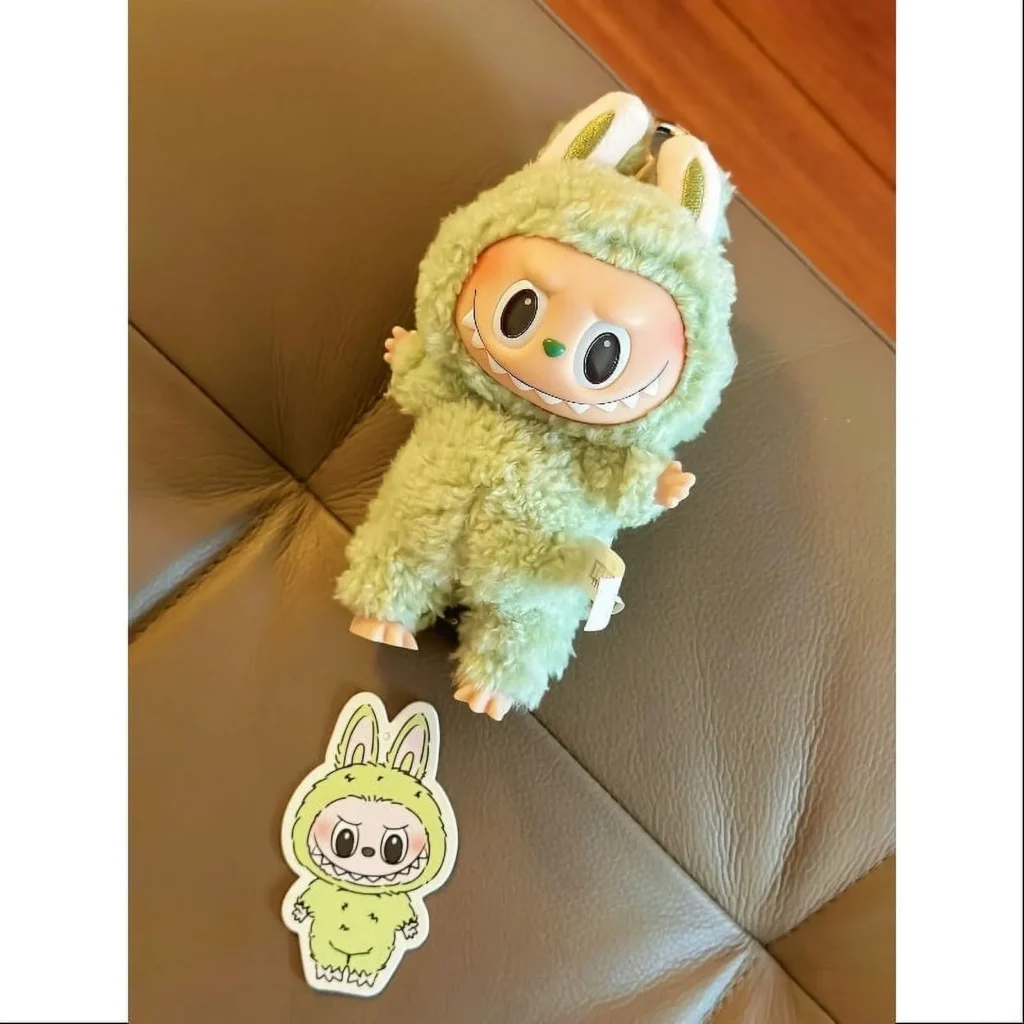
Stuffing material is critical to plush toy comfort, shape, and durability. Labubu uses premium polyester fiberfill for optimal results.
Polyester fiberfill offers a soft yet supportive core, helping Labubu maintain shape while providing a plush feel. It is lightweight, washable, and hypoallergenic.
High-quality fiberfill is resistant to clumping, ensuring even softness. It allows Labubu toys to be squeezable without deformation.
Alternatives like foam beads or natural fillings are less common due to cost and safety concerns. Polyester fiberfill also dries quickly after washing, aiding maintenance.
| Stuffing Type | Pros | Cons |
|---|---|---|
| Polyester fiberfill | Soft, resilient, hypoallergenic | May compress over long use |
| Foam beads | Moldable, weighted effect | Can leak, less washable |
| Natural fibers | Eco-friendly | Can attract pests, less durable |
Selecting premium stuffing supports both comfort and longevity.
5.Which Manufacturing Processes Ensure Material Consistency for Labubu?
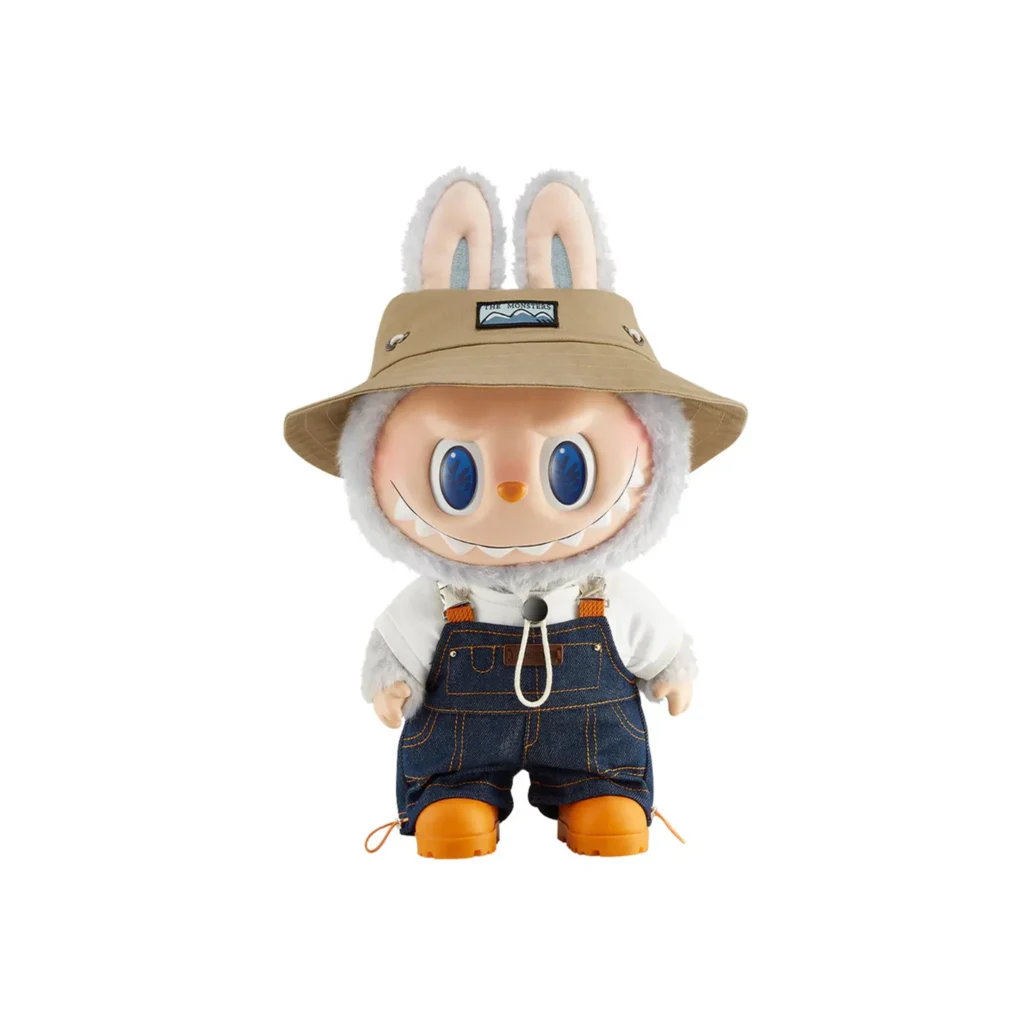
Consistent material quality depends on precise manufacturing controls and supplier standards.
Labubu production involves strict fabric inspection, color matching, embroidery quality checks, and controlled stuffing processes to maintain uniformity.
Incoming fabric is inspected for defects, color fastness, and texture. Automated embroidery machines ensure consistent stitch density and pattern accuracy.
Stuffing machines evenly distribute fiberfill, avoiding lumps or thin spots. Quality control teams inspect samples at each stage, guaranteeing every Labubu plush meets standards.
| Process Step | Quality Control Measures | Outcome |
|---|---|---|
| Fabric inspection | Visual and tactile checks | Defect-free, color-matched fabric |
| Embroidery | Automated stitching, manual audits | Precise and durable detailing |
| Stuffing | Even fill distribution | Consistent shape and softness |
| Final inspection | Multi-point quality checks | Uniform product quality |
These steps reduce variability and elevate product reliability.
6.What Customization Options Exist for Labubu’s Materials and Design?
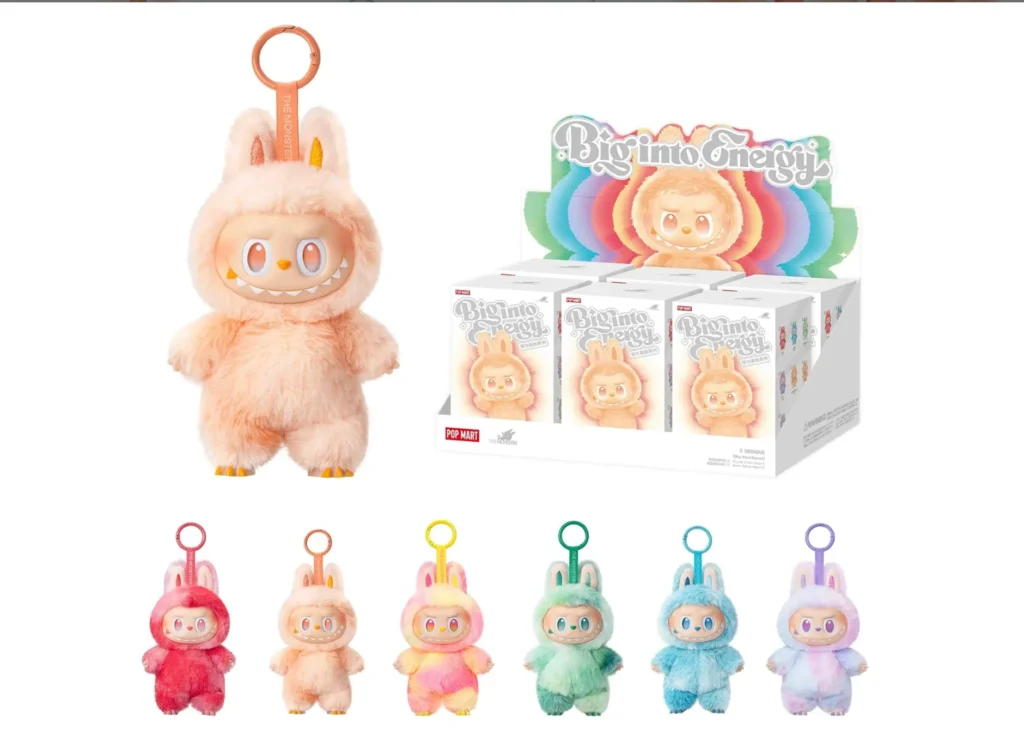
Labubu offers customization in fabric types, colors, embroidery details, and stuffing density to meet client needs.
Clients can select from fabric blends, add special embroidery logos, adjust stuffing firmness, and request unique textures or finishes for personalized products.
Custom fabric blends can match brand colors or themes. Embroidery allows for detailed facial expressions or branding elements.
Adjusting stuffing firmness tailors the toy’s feel—from plush and soft to firm and supportive.
Special finishes like glitter fabric or velour provide distinctive tactile experiences, expanding Labubu’s appeal.
| Customization Aspect | Options | Benefits |
|---|---|---|
| Fabric types | Minky, velboa, cotton blends | Matches design and budget |
| Embroidery details | Logos, unique expressions | Brand identity, uniqueness |
| Stuffing firmness | Soft to firm | Customer preference |
| Special finishes | Glitter, flocking | Enhanced tactile appeal |
Customization enriches product differentiation and customer satisfaction.
Conclusion
Labubu’s premium materials, safety compliance, and flexible customization ensure plush toys that delight collectors and children alike.
For personalized plush toy solutions and manufacturing expertise, contact me at [[email protected]] or visit [https://plushtoyinchina.com].

